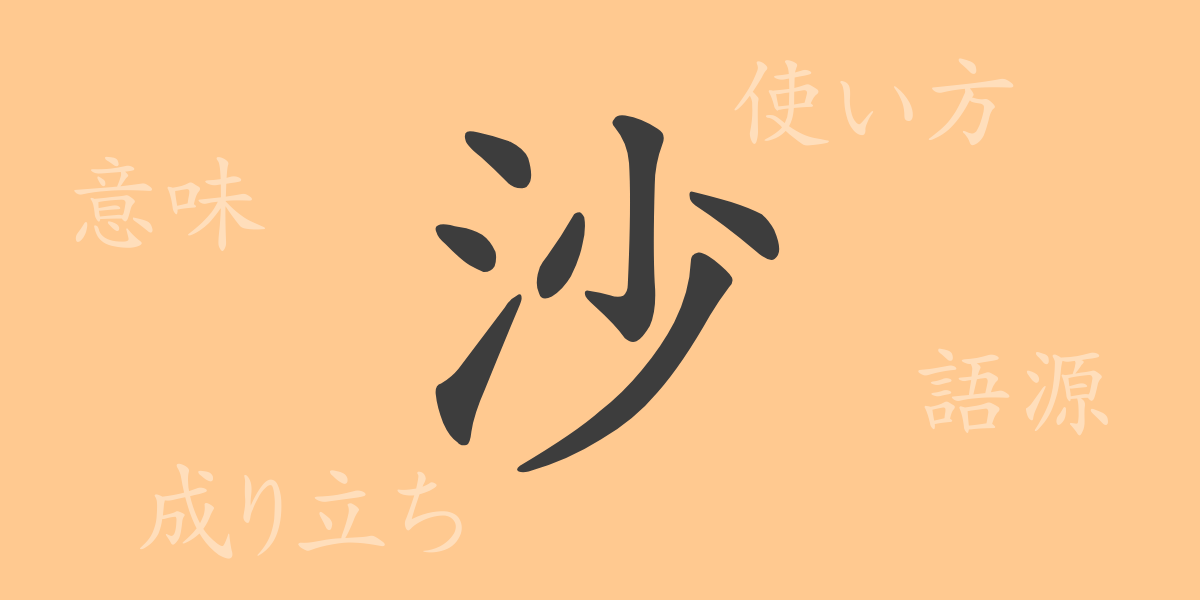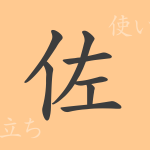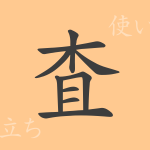The meaning and charm of a single kanji character are deeply rooted in its form and history. The Japanese kanji “沙(さ)” is no exception. This small symbol, much like a grain of sand, encompasses various cultural and linguistic aspects. In this article, we explore the world of the kanji “沙(さ),” delving into its origins, contemporary uses, and the idioms and proverbs it forms, revealing its full scope.
Origins of 沙(さ)
The kanji “沙(さ)” is a character that originated from ancient China, evoking images of river sands and small stones. It is believed to have derived from a pictograph representing sand by the water, evolving over time to its present form. In ancient texts, it was used to describe the fine particles found in nature.
Meaning and Usage of 沙(さ)
In modern Japanese, the meaning of “沙(さ)” primarily refers to “sand.” It is used to describe sand by the sea, river, or desert, indicating fine grains of rock. Additionally, it can be used metaphorically or in poetic contexts to signify “countless” or “fine” elements.
Readings, Stroke Count, and Radical of 沙(さ)
The kanji “沙(さ)” is simple and easy to remember due to its straightforward reading and structure.
- Readings: The on’yomi (音読み) is “サ(sa),” and the kun’yomi (訓読み) is “すな(suna).”
- Stroke count: “沙(さ)” consists of 7 strokes.
- Radical: The radical is 水(みず,さんずい), meaning “water.”
Idioms, Phrases, and Proverbs Using 沙(さ)
Numerous idioms, phrases, and proverbs in Japanese feature the kanji “沙(さ),” often conveying rich imagery or teachings inspired by sand.
- 砂上の楼閣(さじょうのろうかく): An unrealistic dream or plan, akin to a “castle in the sand.”
- 砂を噛むよう(すなをかむよう): A phrase describing a very bitter or tough experience, literally “like biting sand.”
- 砂金(さきん): Refers to a small amount of gold or something valuable, literally “sand gold.”
Conclusion on 沙(さ)
The kanji “沙(さ)” possesses a rich variety of meanings and uses beyond its simple shape. Its use in Japanese extends beyond referring to natural sand, playing an important role in literature and proverbs. By understanding how this small kanji is deeply rooted in the language, we can appreciate the profound depth of the Japanese language even more.

























